Making more people comfortable and open to chronic illness discussion
Selan Lee reflects on the impact of her Perspectives project, Low on Spoons, Not Identity, and the conversations and people this project brought together.
I doubt that when I first introduced Low on Spoons, Not Identity to the amazing Belinda Otas, she knew that her one-line comment would end up as the tagline to the project, exhibition and ultimately, the Fresh Conversation she hosted with us.
But the phrase has been the guiding force to ensuring the project honours and celebrates the intersectional identities of people with chronic illness. Looking back a month after the physical exhibition ended, I can proudly say that the project helped make “an uncomfortable conversation comfortable.”
The room where it happened
We occupied the walls, alcove and old piano(!) of the Small Hall of the Walworth Living Room in south London for four days – covering the empty canvas of a room with a colourful variety of fantastic art by Jacob Chandler, Sarah Lippett, Yasmin Crawford, Royal Holloway University’s Art Society, Kaleidoscope colleagues and myself.
It was a conscious choice to fill a community space with art instead of a professional gallery to ensure the environment for an “uncomfortable” topic was as comfortable as possible.
Additionally, while generating engagement from the health and care sector was essential to the project, it was and is equally important that people who don’t regularly engage with art or chronic illness were involved. So we used the power of the friendly Pembroke House staff and the unpretentious nature of the room to create a welcoming space that fostered organic engagement from the people of south east London.
Chronically creative chronic illness art
All of the art on display was created by individuals who have encountered long-term conditions in some shape or form.
Some, like me, live their day-to-day lives with a chronic illness and find art a cathartic expression of identity and inner thoughts and feelings. Others had experience as a carer watching from the sidelines as a loved one came to grips and lived with a long-term condition. And the rest was created by people who had encountered chronic illness through media or conversation. Artists were not limited to those with chronic illnesses as the impact of a chronic illness is beyond the person with the condition – it extends to all of us in some way and even more so since the pandemic.
By having a variety of mediums and differing degrees of abstraction on chronic illness, we could showcase the broad spectrum of experience and insight one might possess with a long-term condition.
- Yasmin’s images from her Cellular Flow series explore chronic illnesses as an unsettling, beautiful and complex journey. In comparison, the imagery in The Universe and Chinese Herbs series represents the repetitive cycle of chronic illness, healing and seclusion.
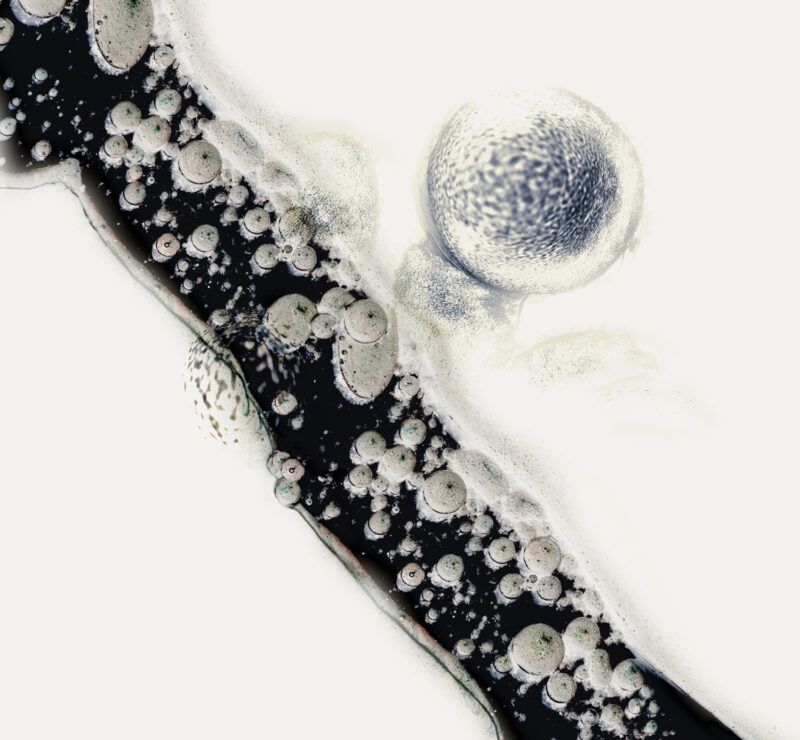
- Sarah’s Relapse comic book highlighted the many inner thoughts and feelings, such as self-doubt and acceptance, of a chronically ill person – with a particular focus on how hard it is to manage life with a ‘chronic’ condition.
- Jacob’s jewellery, a miniaturised form of his sculptures, uses the physical perfection of athletes at their most athletic moments as an allegory for his journey with chronic illness.

- My ‘I am not…’ panels reflected on the common misconceptions of a chronically ill person, particularly women (for example, a saint, a warrior or lazy). While my ‘Slides of a chronically ill life’ used six slides with different images overlayed with graphics showcasing the various ‘slides’ in the life of a chronically ill individual. The final piece, a toy theatre entitled ‘On stage’, had Russian ‘Matryoshka’ nesting dolls representing the various intersectional identities of a chronically ill person and how much each identity is integral to a person.
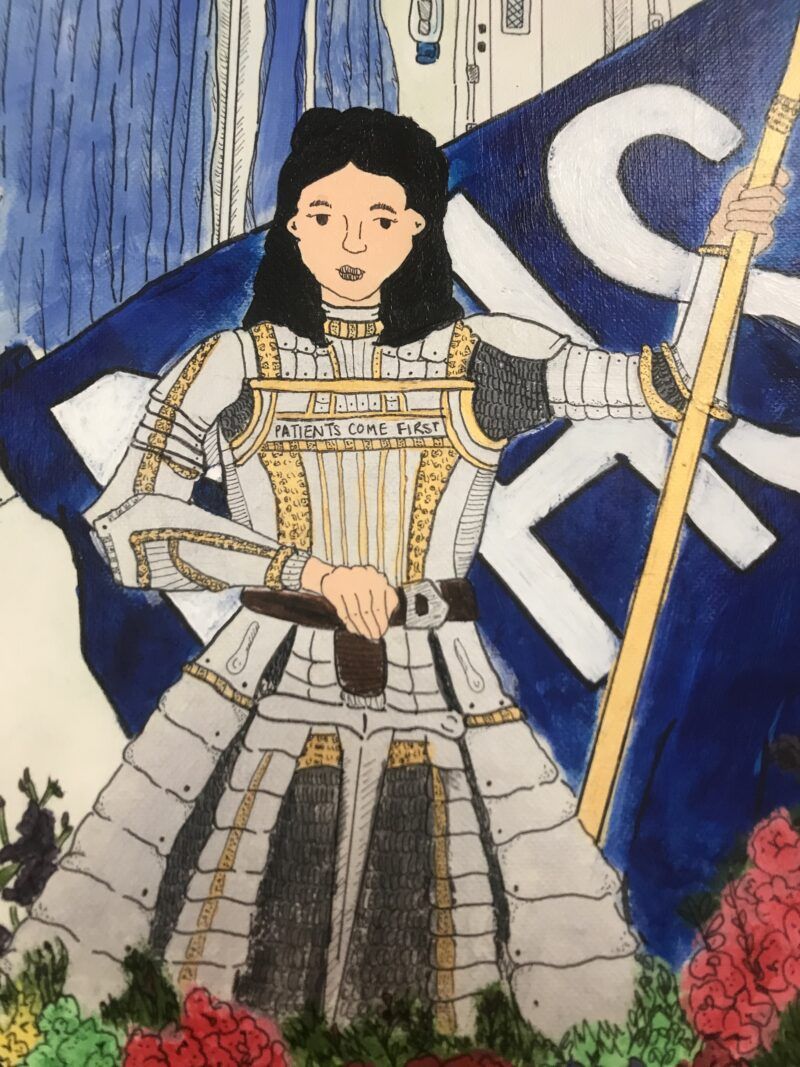
The chronically ill as ‘warriors’, by Selan Lee - Finally, we had a collection of mixed media imagery by myself, colleagues of Kaleidoscope and members of the Royal Holloway Arts Society depicting the stereotype versus the reality of chronic illness in a ‘spot the difference’ style form.
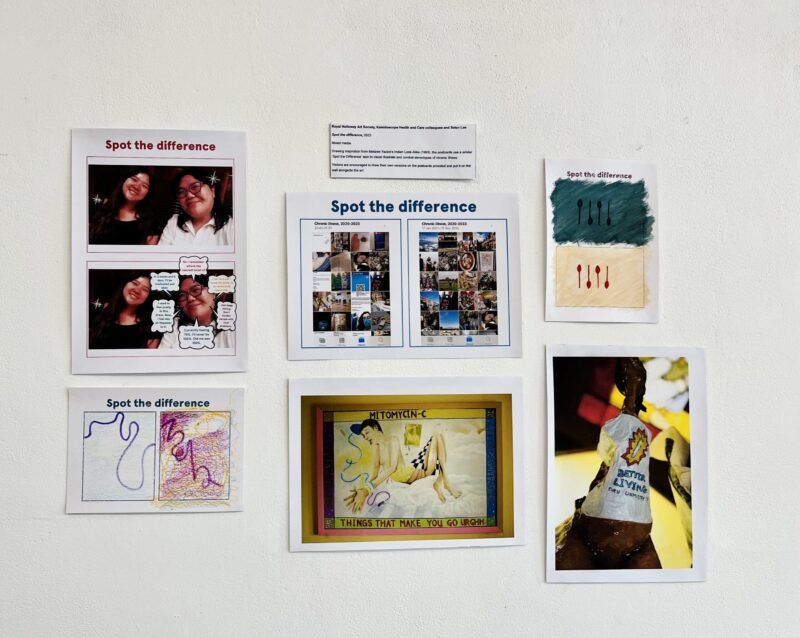
A selection of spot the difference cards, by the student of Royal Holloway University
Fresh conversation
As mentioned, Belinda came to host a Fresh Conversation during the exhibition week entitled ‘Life is a long game: improving chronic health treatment’. In under an hour, Belinda highlighted the struggles of chronic illness and why we should be moving towards a healthcare system that offers psychosocial care and support.
People from different backgrounds came together to discuss the struggles of chronic illness and how despite varying degrees of understanding and experience with long-term conditions, the need for psychosocial care and support in healthcare is vast.
The impact
With the benefit of retrospect, can I firmly tick the checkbox that the project has made “an uncomfortable conversation comfortable” – yes!
While packing up my physical exhibition, I wondered if I could whole-heartedly say my exhibition had made the discussion on chronic illness insightful, open and understanding.
But, following the discourse gathered from the visitors, Fresh Conversation participants and our Menti commenters, I feel that however small my exhibition was, it has made the conversation much more comfortable. I saw chronically ill people find resonance and humour from shared experiences showcased in the art, people without chronic illness gaining empathy and insight, and my colleagues gaining a fuller picture than I could ever express through words.
Is there still discomfort in the conversation about chronic illness? Yes. But my little exhibition and project have helped a few more people comfortable and open to the chronic illness discussion – and that is plenty.
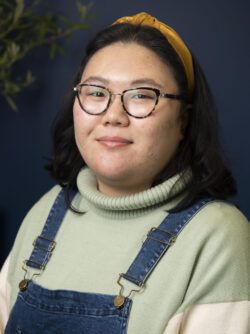 Selan Lee25 July 2023
Selan Lee25 July 2023

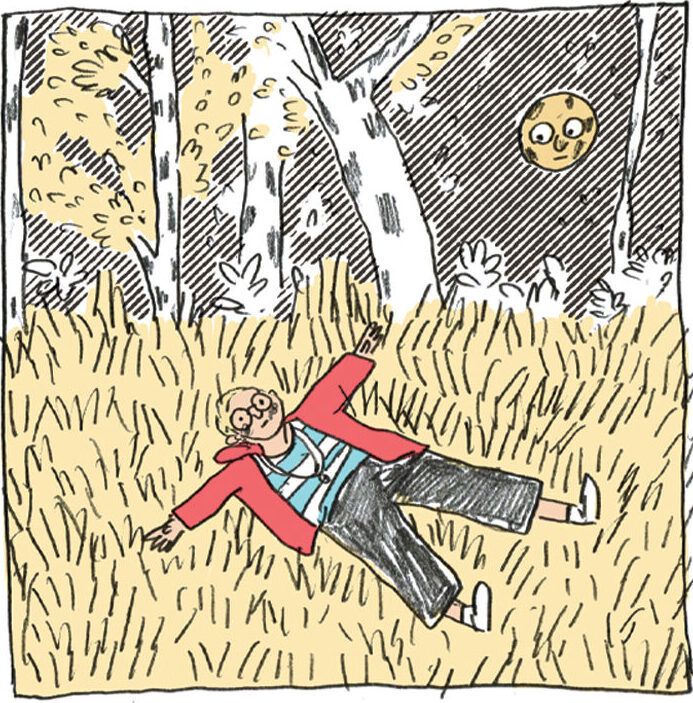
Comments